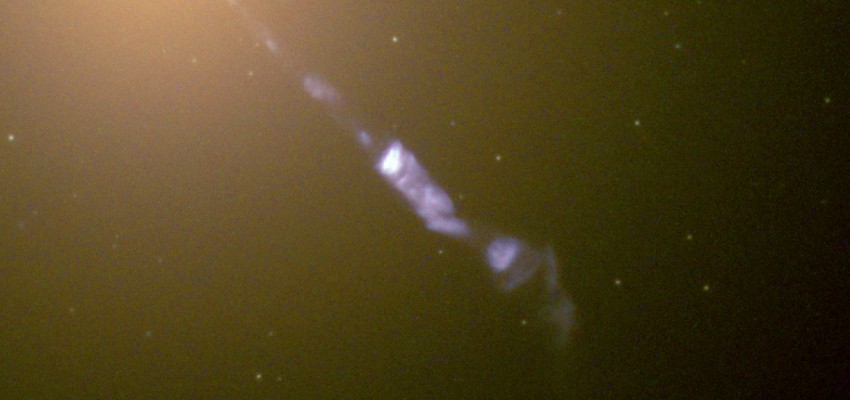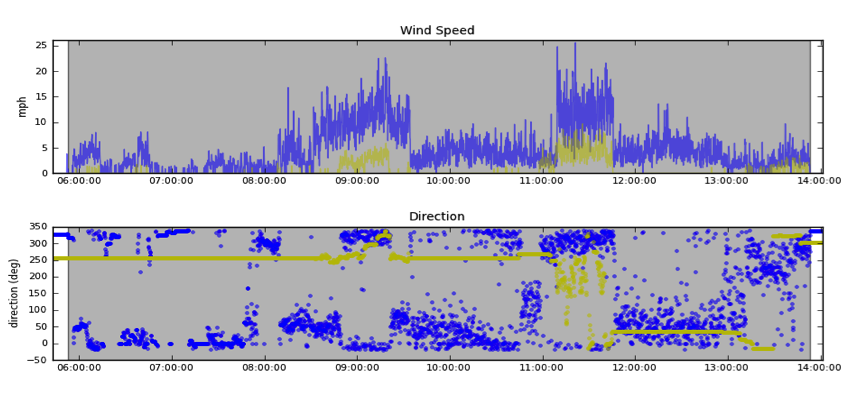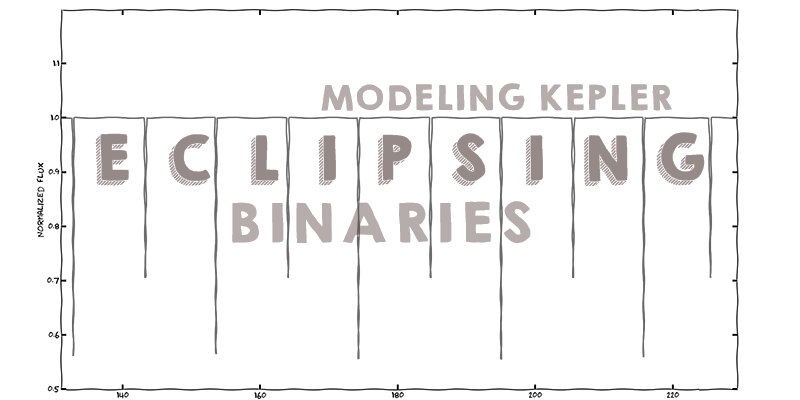Advisor: Brett Morris Description: As of September 2015 more than 5000 exoplanets, or planets orbiting stars other than the Sun, have been discovered. The most successful planet discovery method to date is the “transit method”, which discovers planets by carefully monitoring the brightness of stars. If a star has an…
Advisors: Professor Tom Quinn and Michael Tremmel Description: From our own Milky Way to large galaxies at the centers of clusters, it appears that all galaxies host at least one large black hole at their center. While we call these central black holes “Super-massive’’, they are quite small compared to…
Advisor: Joseph Huehnerhoff Description: Cooling of large telescopes directly affects the quality of the science obtained.Anemometer stations have been placed around the dome of the 3.5m telescope at Apache Point Observatory to characterize the movement of air in the dome. This project will be to analyze this data in a…
Advisors: Lisa McBride and Dr. Rahul Biswas Description: We now know that the universe is expanding at an accelerating rate due to the presence of dark energy. In order to better understand the nature of dark energy we will explore the effects that different expansion histories of the universe have…
Advisors: Diana Windemuth and Professor Eric Agol Description: Most stars come in pairs*. When two stars orbit around each other, they form a binary system. In an eclipsing binary, one of the stars “eclipses” or passes in front of the other and blocks its light as viewed from Earth. This…
Advisors: John Lurie, Professor Suzanne Hawley, and Kolby Weisenberger Description: Stars are the fundamental building blocks of galaxies. They emit enormous amounts of energy and produce all of the elements beyond hydrogen and helium, not to mention hosting planets. Determining the fundamental properties of stars — such as their masses,…
Advisors: Phoebe Upton Sanderbeck and Professor Matt McQuinn Description: Most of the matter in the Universe lies between galaxies in the intergalactic medium. The gas there is so diffuse that the it emits very little radiation. The primary way to detect it is to look at very bright supermassive black…







